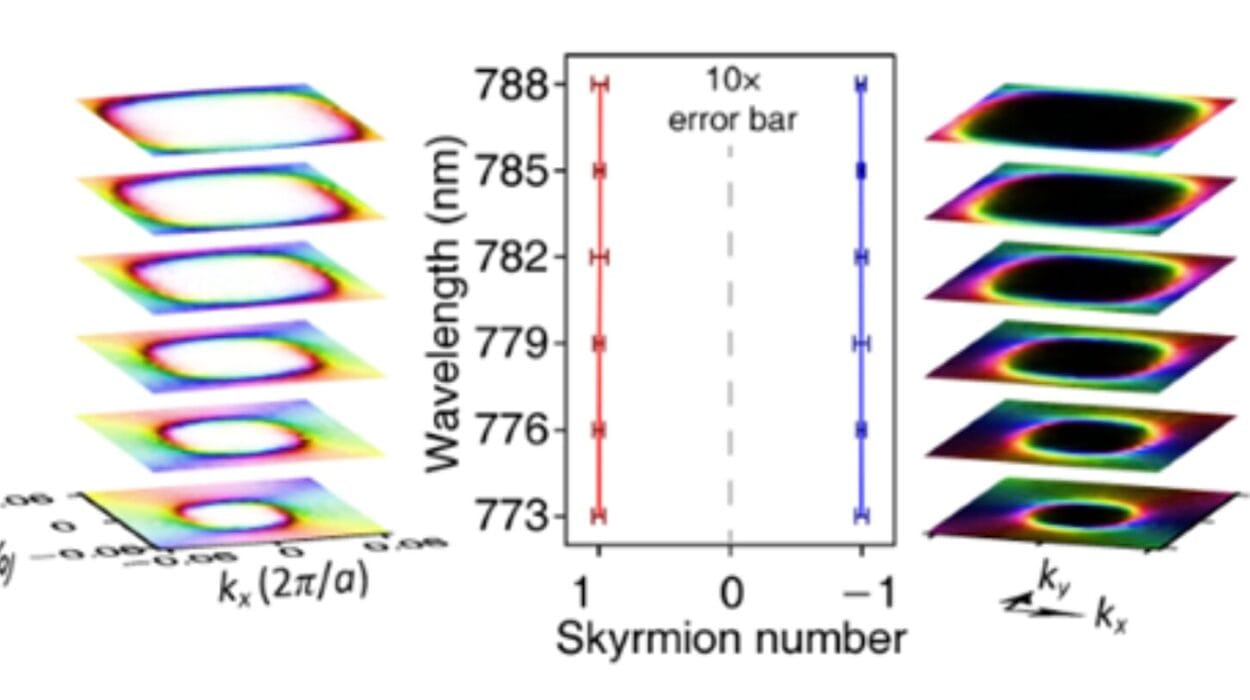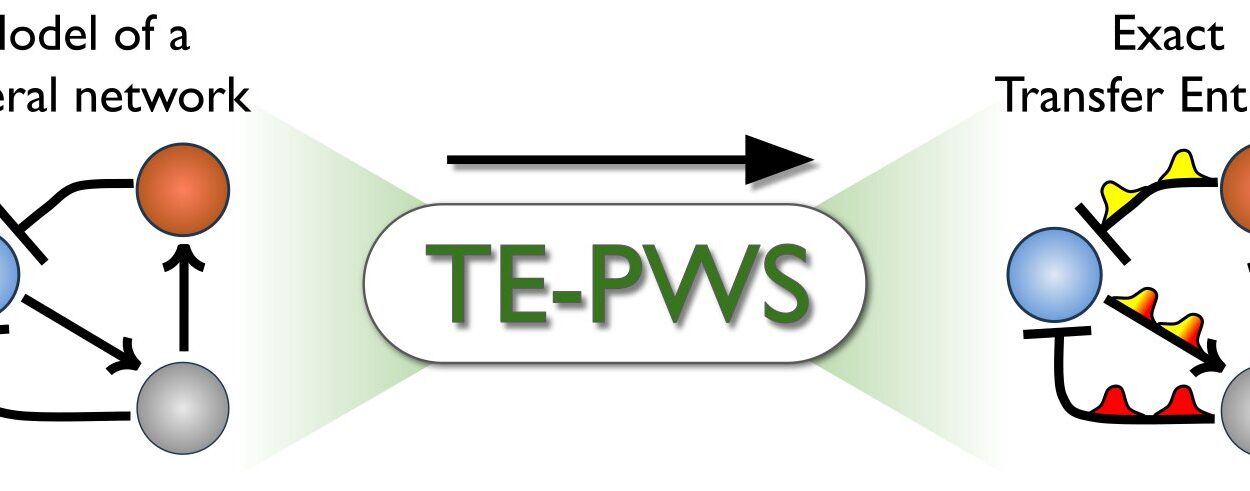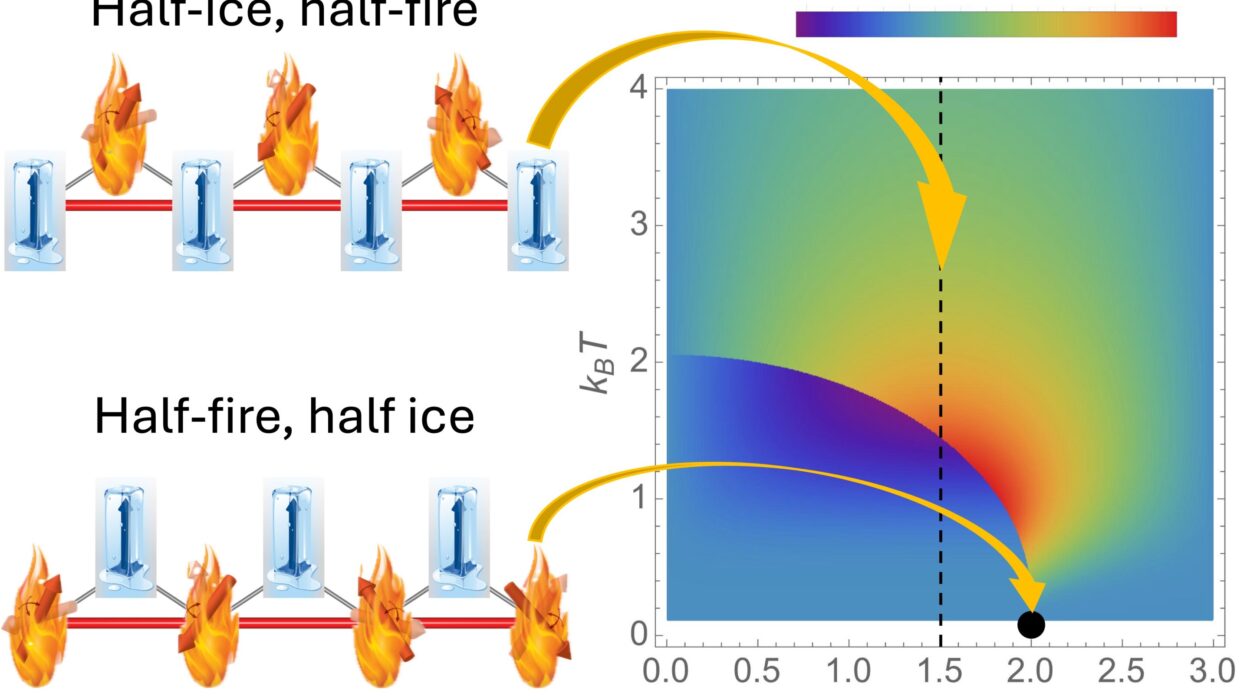When you think of lasers, the mind might leap to sci-fi weapons, barcode scanners at supermarkets, or the pointer used during a professor’s lecture. But lasers are far more than just technological novelties or entertainment tools. They are the very embodiment of modern physics at work—elegant, powerful, and precise. From surgery rooms to fiber-optic cables, DVD players to quantum research labs, lasers permeate our lives, often invisibly yet indispensably.
But what really is a laser? How does it differ from ordinary light? Why can it cut through metal, encode information, or measure the distance to the Moon with startling accuracy? To understand the physics behind the beam, we have to embark on a journey through the quantum world, the dance of atoms, and the beauty of stimulated emission—a journey that begins not with a bang, but with a photon.
Light: More Than Meets the Eye
Before diving into how lasers work, we need to understand the fundamental nature of light itself. Light is electromagnetic radiation, and it travels as a wave through the vacuum of space at about 299,792 kilometers per second—the fastest speed in the universe. But light isn’t just a wave. It also behaves like a stream of particles called photons. This dual nature—wave and particle—is one of the cornerstones of quantum mechanics.
Each photon of light carries energy proportional to its frequency. Blue light has more energetic photons than red light, for instance. When you turn on a flashlight, what you get is an incoherent, broad-spectrum burst of light—a mix of many wavelengths and directions. A laser beam, on the other hand, is something far more refined: it’s coherent, monochromatic, and collimated.
Coherent means the light waves are synchronized in phase.
Monochromatic means the light is of a single wavelength or color.
Collimated means the beam travels in parallel rays, barely spreading out over long distances.
These three properties make laser light unlike any other light source. But how is this perfectly organized light created?
The Quantum Puzzle of Stimulated Emission
The seed of the laser was planted by Albert Einstein in 1917 when he proposed the concept of stimulated emission. While spontaneous emission—an excited atom naturally releasing a photon—is well-known and visible in phenomena like neon lights or glowing stars, stimulated emission is a more subtle and profound effect.
Imagine an atom with an electron sitting in an excited energy level. Normally, it might drop to a lower energy level, emitting a photon of a specific wavelength. But if a photon of the same energy as that gap strikes the atom while the electron is still excited, something miraculous happens: the atom is stimulated to emit a second photon, identical in phase, frequency, direction, and polarization to the incoming one. The result is two perfectly matched photons—a twin pair of light quanta moving together in harmony.
This is the essential principle of laser action: instead of producing random light like a lightbulb, the system is engineered to produce a tidal wave of identical photons marching in unison.
Population Inversion: The Quantum Balancing Act
Under normal conditions, more atoms in a material occupy lower energy levels than higher ones. To create stimulated emission in bulk, you need a population inversion—a state in which more atoms are in an excited state than in the ground state. This is a tricky thing to achieve because nature prefers equilibrium.
To tip the balance, scientists employ pumping mechanisms to add energy to the system. This energy can be delivered via light (optical pumping), electric currents, or chemical reactions. The goal is to energize electrons into excited states and hold them there long enough for a chain reaction of stimulated emissions to begin.
In some materials, excited electrons don’t instantly fall back down; instead, they linger in a metastable state, a kind of quantum limbo. This delay is critical because it gives incoming photons the chance to trigger further emissions, leading to a cascading avalanche of photons that all look, move, and act the same.
The Laser Cavity: Echo Chamber of Light
Once you have a population inversion, you need a place for light to build up—a resonant optical cavity. Picture this as a chamber with mirrors at both ends. One mirror is perfectly reflective, while the other is partially reflective. Photons emitted in this cavity bounce back and forth between the mirrors, stimulating more atoms and producing more photons of the same kind.
As the photon population grows, some of the light escapes through the partially reflective mirror, forming the laser beam. This clever trick of feedback and partial release creates an output that is both intense and highly directional. It’s as if the light were echoing through a concert hall designed specifically for it, becoming louder and more focused with each pass.
The medium inside the laser cavity—the gain medium—determines the wavelength of the laser. Different materials produce different colors of laser light. Gas lasers, like helium-neon, emit visible red light. Semiconductor lasers emit infrared or visible light and power your DVD players. Solid-state lasers like ruby or neodymium-doped yttrium aluminum garnet (Nd:YAG) lasers are used in surgery, manufacturing, and scientific research.
From Ruby to Ultraviolet: Types of Lasers
The first working laser was created in 1960 by Theodore Maiman using a synthetic ruby crystal. It emitted red pulses of light and captured the imagination of physicists and engineers alike. Since then, laser technology has diversified into numerous types, each exploiting different gain media and mechanisms.
Gas lasers, such as the helium-neon (HeNe) laser, use an electric discharge to excite atoms. They are known for their long coherence lengths and are used in barcode scanners and lab equipment. CO₂ lasers, another variety, are powerful infrared sources used in cutting and welding materials.
Semiconductor lasers, or diode lasers, are compact and efficient. They’re the engines behind optical communications, laser pointers, and Blu-ray players. Solid-state lasers use doped crystals as their medium and often involve complex pumping schemes using flash lamps or diode arrays. These lasers can generate enormous power and are often used in scientific and medical applications.
There are also dye lasers, which use organic dyes in liquid solution and can be tuned across a range of wavelengths, and excimer lasers, which employ reactive gases to produce ultraviolet light used in delicate eye surgeries like LASIK.
Each laser type offers a different balance of power, coherence, wavelength, and tunability, but all obey the same fundamental principles of stimulated emission and optical resonance.
Cutting, Measuring, Communicating: Laser Applications
Lasers aren’t just scientific marvels; they’re tools that have reshaped nearly every industry. In manufacturing, high-powered lasers cut through steel and etch intricate patterns on microchips. In medicine, they perform surgeries with unprecedented precision, cauterizing tissue and reducing damage to surrounding areas. In telecommunications, lasers pulse through fiber-optic cables, carrying vast amounts of data at the speed of light.
One of the most fascinating uses of lasers is in metrology—the science of measurement. Because of their coherence and stability, lasers can measure distances with incredible precision. Scientists have bounced laser beams off reflectors left on the Moon by Apollo astronauts to determine its distance from Earth to within a few centimeters. Interferometers like LIGO use laser light to detect gravitational waves by observing minute changes in the lengths of massive arms, down to a fraction of a proton’s width.
Lasers also play a vital role in scientific research. They can cool atoms to near absolute zero for quantum experiments, trap particles in “optical tweezers,” and generate the conditions needed to study plasma physics or fusion energy. They are the keys that unlock the quantum world.
Lasers and the Quantum World
Though laser physics was born from quantum ideas, the laser itself became a tool for probing even deeper into quantum mechanics. Today, researchers use lasers to explore quantum entanglement, teleportation, and even the very nature of time and space.
Ultrafast lasers can produce pulses as short as a few attoseconds—an attosecond is one quintillionth of a second—enabling scientists to watch electrons as they move through atoms. These snapshots allow us to study chemical reactions in real time and investigate processes fundamental to life and matter.
In quantum computing, lasers are used to control qubits—quantum bits—held in ion traps or atomic arrays. Their precision allows for the manipulation of quantum states without decoherence, one of the major hurdles in building practical quantum computers.
Dangers and Safety: A Double-Edged Beam
While lasers offer immense benefits, they also pose significant hazards if misused. The very qualities that make lasers valuable—intensity, focus, and coherence—can also make them dangerous. High-powered lasers can cause burns, blind eyes, or ignite flammable materials. Even low-powered laser pointers can cause eye damage if stared at directly.
For this reason, lasers are classified by their potential to cause harm. Class I lasers are safe under normal use, like those in CD players. Class IV lasers, used in industrial cutting or scientific research, require extensive safety measures, including protective eyewear and restricted access.
It’s a stark reminder that with great precision comes great responsibility.
The Future of Lasers: From Medicine to Mars
The evolution of laser technology is far from over. Emerging fields like photonic computing seek to replace traditional electrical circuits with light-based components, offering faster processing speeds and lower energy consumption. Lasers may power new forms of data storage, secure communication using quantum encryption, or energy delivery via wireless laser beams.
In medicine, researchers are developing lasers that can diagnose diseases by detecting molecular changes in tissues. Femtosecond lasers are already being used for minimally invasive surgeries, promising quicker healing and fewer complications.
In space exploration, lasers may soon guide autonomous spacecraft, enable high-speed communication between planets, or even propel light sails that travel at relativistic speeds—an idea popularized by Breakthrough Starshot, a project aimed at sending tiny probes to the nearest stars using powerful Earth-based lasers.
The universe, it seems, may be mapped and explored by beams of coherent light.
Conclusion: A Symphony of Photons
At its core, a laser is not just a beam of light—it’s a symphony of photons playing in perfect harmony. It’s a manifestation of quantum physics working with precision and purpose. From Einstein’s thought experiments to Maiman’s ruby pulse, from the labs of CERN to the screens of your smartphone, the laser has evolved into one of the most transformative inventions in human history.
Its power lies not in brute force but in elegance, in its ability to bring order out of randomness, to turn chaos into coherence. Lasers reveal a universe where even light can be orchestrated, directed, and fine-tuned, offering humanity a tool not just for seeing the world, but for reshaping it.
The next time you see a red dot dance across a wall or watch a surgeon wield a beam of invisible light, remember the quantum ballet happening behind the scenes. In the narrow confines of a laser cavity, electrons leap, photons echo, and the boundaries of physics are pushed just a little further. And it all began with a single idea: what if light could be persuaded to dance in unison?






